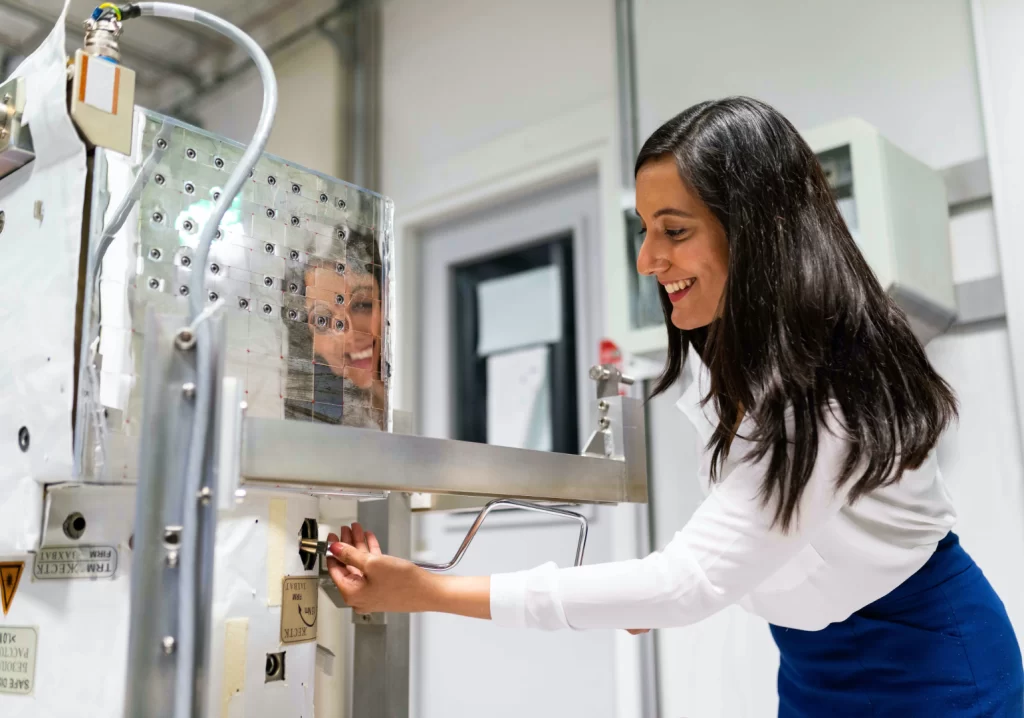With a dearth of home-grown engineers, a steady stream of skilled migrants can help Australia meet its engineering challenges. This program aims to help migrant engineers fit seamlessly into Australian organisations to achieve this goal.
Australia is in the grips of a skills shortage, with 36 per cent of occupations in national shortage in 2023, up five per cent from the previous year.
Skilled migration is a key policy lever for closing the skills gap, with the Australian government continuing to invest in strengthening the migration program to ensure the nation remains a destination of choice for migrants.
These efforts appear to be paying off, with 142,344 skill stream places delivered in 2023-23, up 37 per cent from 2021-22.
The new migration strategy was announced in December last year and includes reforms such as the Skills in Demand Visa, which should help to increase these numbers even further.
But boosting the advantages of skilled migration entails preparing and selecting those who can increase national prosperity by ensuring they have the right skill set for the local market.
At a time when local completions of engineering degrees are dropping, a large cohort of international students who graduated with an engineering degree in Australia has the potential to bolster our engineering workforce.

This is where the Professional Year in Engineering program, launched in 2005, comes into play. The initiative was developed based on a report, commissioned by the Federal government, which identified that international graduates lacked the vocational knowledge, work experience and English language proficiency employers expect of new graduates.
The Professional Year in Engineering program provides international graduates with the skills and local experience Australian employers are looking for, said Jenny Mitchell, General Manager Policy and Advocacy at Engineers Australia.
“It can often be hard for students not born in Australia to understand our workplace cultures,” Mitchell told create. “This program builds on their understanding of Australia gained through their degree, and gives them broader experience on actually working here.”
A professional year in practice
Sri Lankan-born Nuwani Lakshika Mudugamuwe Gamage, who came to Australia in 2019 to study a Bachelor of Engineering at Melbourne Polytechnic, was originally drawn to the Professional Year in Engineering program to accrue additional points when applying for a permanent residency.
However, this motivation deepend when she struggled to find her first professional engineering role.

“I must have applied for around 150 roles which I was unsuccessful in, so I thought I must be missing something,” she said.
Confident in her grasp of technical theory, Gamage decided to apply for the program to develop a different skill set and boost her chances of landing a role.
“If you’re a local who grew up in Australia, it’s easier to understand how things work,” she said. “But when you’re from another country, the process is completely different – even the dress code.”
During the training component of the program, graduates are nurtured professionally so they excel in the workplace.
“When you enter the workplace, you can’t learn everything from your manager,” she said. “My mentor, Madeline, taught me everything I needed to know about the professional environment, including how to work with a manager.”
Given that English is her second language, the communication skills that Gamage learned during her professional year were particularly valuable.
“Beforehand, I was afraid to speak up and ask questions, which is not as accepted in my culture as it is in Australia.”
The targeted communication components of the program helped her overcome this.
“There are separate components such as telephone speaking skills which helps you get used to communicating in this way,” Gamage said. “My mentor also asked me to do presentations almost every day, which helped me overcome my fear of speaking in front of people.”

Shaping a professional engineer
Post-graduation, the Professional Year in Engineering program supports the transition of overseas-born engineers from an undergraduate level to being workforce-ready, equipping them with well-rounded skills and knowledge, Mitchell said.
“The program allows migrant students to develop key skills needed by an engineer in the workplace, including client relations, workplace law, and health and safety,” she said.
Engineers Australia’s education arm, Engineering Education Australia (EEA), delivers the Professional Year in Engineering program on behalf of the government in partnership with quality education providers that support the program delivery and work placement, said Nicole Appleby EEA General Manager.
“The comprehensive 44-week program, paid for by students, uses a mix of classroom training and industry placement,” she said. “In some cases, where students are already working in an engineering role, they may use their current employment for the work placement component.”
Upon graduation, participants may be eligible to apply for migration points, with Engineers Australia supporting them to develop important networking skills.
Engineers Australia has also worked to ensure the program meets workforce needs at critical junctures, including through the development of a virtual internship during the COVID-19 pandemic due to the lack of industry placements available.
“These internships simulated workplace projects and showed how in collaboration with the government these programs can be innovative and successful,” Appleby said.
Set up for success
During her professional year internship, Gamage worked at Metcalf Crane Services as a graduate lift engineer.
“We provide the client with lift plans detailing where to place cranes, how to lift loads, and preparing the ground to withhold the weight of the crane and the load – ensuring they have the most affordable option and best crane to do the work,” she said.
But it was the soft skills she learned during the program that helped her find success in this role.
“Before taking part in the program, I wasn’t aware that there was a separate professional language that should be used when communicating with clients and stakeholders. During my professional year, I was equipped with the skills I didn’t have when I started, such as email writing, and how to behave and speak in meetings.”
Gamage also perfected supplementary engineering skills, such as organisation and time management.
“When you’re an engineer, it’s crucial to be organised and well ahead of time, because projects are always time based. So you have to be able to manage time properly to deliver projects successfully.”
When Gamage’s professional year drew to a close, the skills she built up during her professional year helped her clinch a full-time role at Metcalfe.
“There’s a component of the professional year program on CV and cover letter writing, so I was able to elevate my skills in this area,” she said.
Michael Bell AffillEAust, Head of Policy at Engineers Australia, described a clear “national benefit” from retaining qualified international engineers in Australia.
“Those engineers already living here will continue to support our current and future skills needs,” he said. “It is also important to ensure Australia remains a destination of choice for international students when they are considering which country to study in.”



